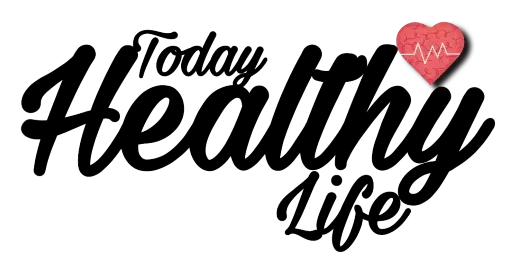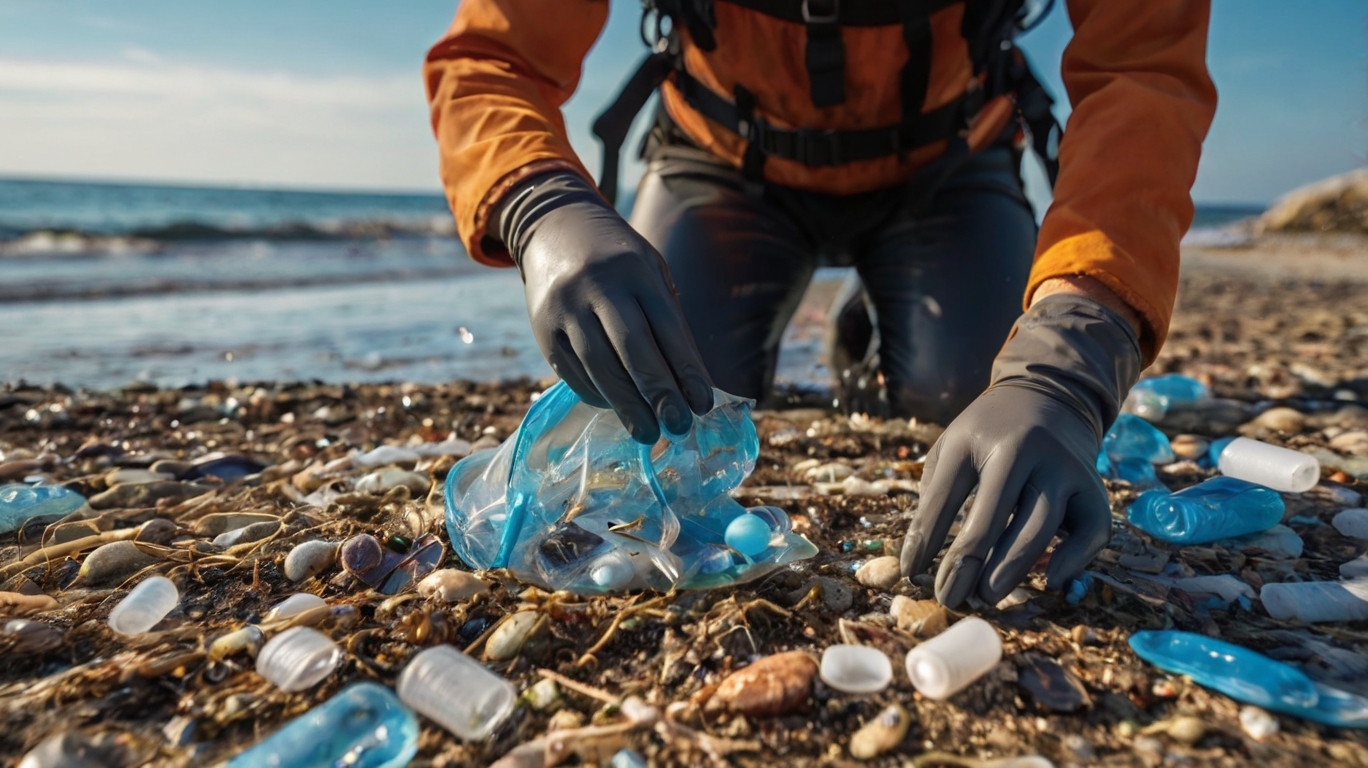We’re surrounded. By what, you ask? Tiny plastic bits—called microplastics—that are so small we can’t even see most of them. Yet, they are everywhere. They sneak into our food, float in the air we breathe, and hide in the water we drink. Sounds scary, doesn’t it? But here’s the good news: you can take steps to reduce your exposure and protect yourself and your family.
In this article, we’ll break things down into easy steps. No jargon. No guilt. Just useful ideas you can start using today. Let’s dive in.

Table of Contents
What Are Microplastics, Really?

Microplastics are tiny plastic particles. They’re smaller than 5 millimeters. That’s about the size of a sesame seed—or even smaller. Some come from the breakdown of bigger plastics, like water bottles. Others are made that way, like the tiny beads in some face scrubs or toothpaste (though many countries have banned those now).
You’ll find microplastics in:
- Food
- Water (even bottled water!)
- Household dust
- Air
- Oceans, rivers, and soil
- Cosmetics and clothing
We live in a plastic world, so it’s not surprising they’re everywhere.
Also read, Microplastic-Free Salt, Gum, Tea Bags, Water Bottle, Filters, & More.
Why Should You Care?

Here’s the real question. Do microplastics harm us?
Science is still digging into it. But studies suggest that they can:
- Disrupt hormones
- Irritate lungs and gut
- Affect immune function
- Carry toxic chemicals into your body
And yes, researchers have even found microplastics in human blood, lungs, breast milk, and placentas.
That’s enough to make anyone pause. But don’t panic. Instead, let’s get smart.
1. Choose Whole Foods Over Processed Ones
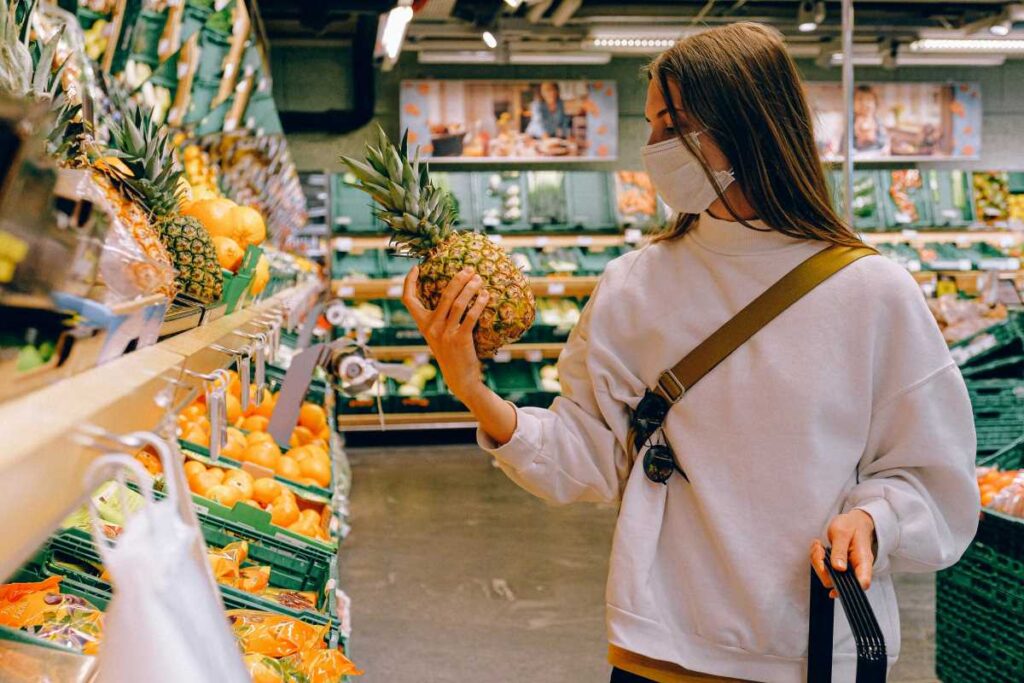
We start with your plate.
Many processed and packaged foods contain microplastics. They come from the packaging itself or the production process.
What you can do:
- Buy fresh fruits and vegetables.
- Cook meals at home.
- Reduce takeout and packaged snacks.
Even just a few changes here can cut your microplastic intake in a big way.
2. Avoid Plastic Packaging (As Much As You Can)
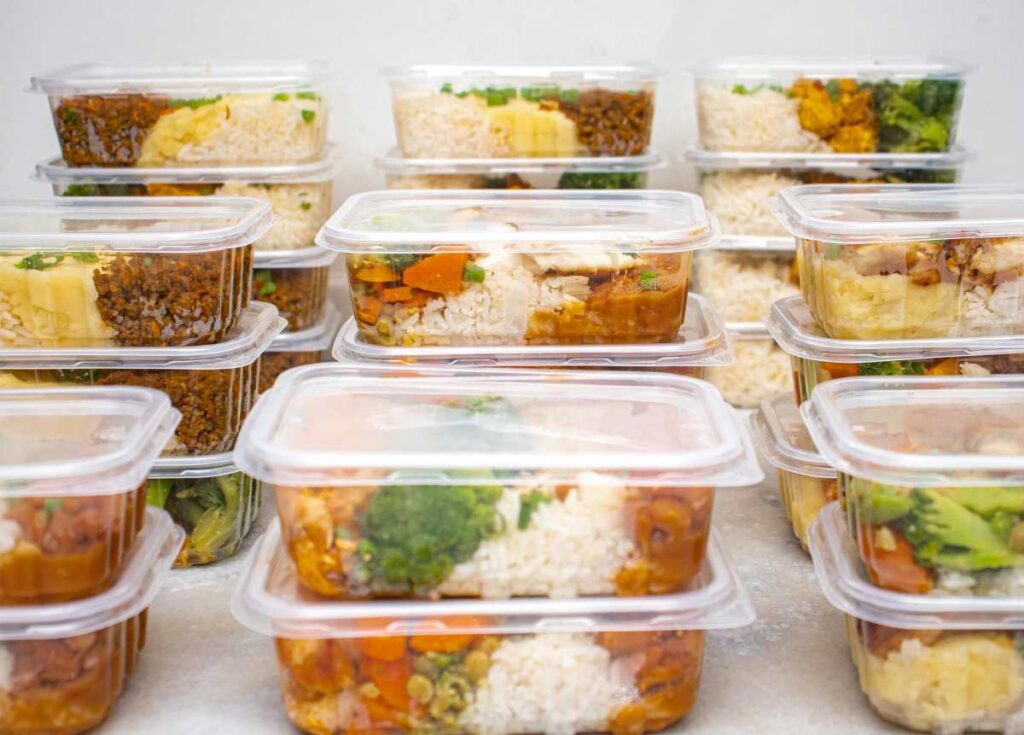
Plastics leach microplastics—especially when they’re heated or scratched.
Tips:
- Bring reusable cloth or jute bags to the store.
- Choose glass jars and metal containers over plastic ones.
- Skip plastic-wrapped produce. Go for loose ones instead.
Bonus tip: Never microwave food in plastic containers. Heat makes plastic shed particles faster.
3. Filter Your Drinking Water

You might think bottled water is cleaner. But studies show bottled water has twice as many microplastics as tap water.
Best options:
- Install a reverse osmosis filter or activated carbon filter.
- Use stainless steel or glass water bottles.
- Avoid bottled water unless necessary.
A good water filter is one of the best health investments you can make.
4. Say No to Synthetic Clothes (or Wash Them Better)
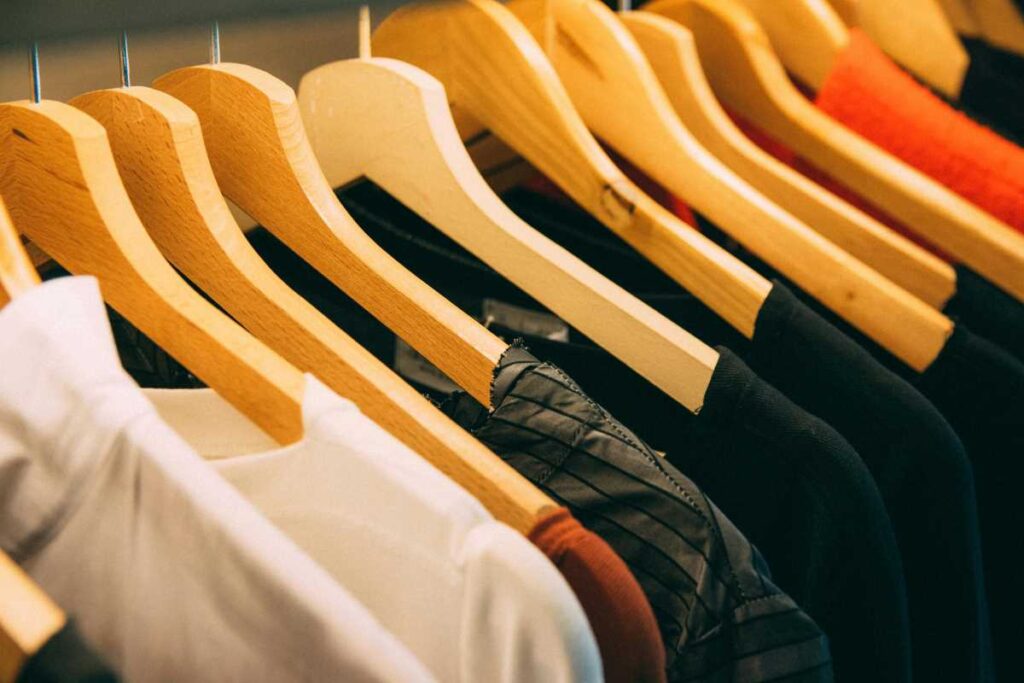
Did you know that washing clothes like polyester or nylon releases tiny plastic fibers? These microfibers wash into the ocean and can even enter your lungs as dust.
What to do:
- Buy natural fabrics like cotton, linen, or wool.
- Wash synthetic clothes in cold water and gentle cycles.
- Use a microfiber-catching laundry bag or a washing machine filter.
Even your clothes can make a difference!
5. Dust and Vacuum Often
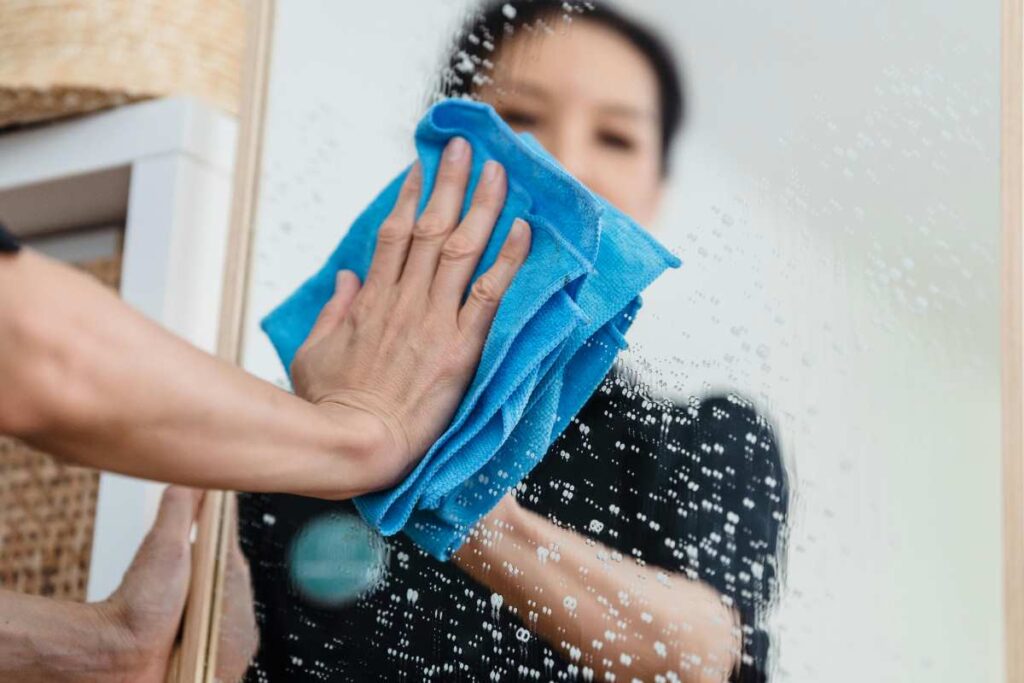
Household dust contains microplastics. Where does it come from? Furniture, carpets, curtains, and electronics—especially those made with plastic.
Simple fixes:
- Use a vacuum with a HEPA filter.
- Wipe surfaces with a damp cloth.
- Avoid dry dusting (it spreads particles into the air).
Clean air starts with a cleaner home.
6. Avoid Single-Use Plastics

Single-use plastics are everywhere. But they’re a major source of microplastics.
Avoid these when you can:
- Plastic straws
- Plastic cutlery
- Plastic shopping bags
- Foam takeout boxes
Swap them out:
- Use metal straws or bamboo.
- Carry your own cutlery set.
- Bring reusable containers when getting takeout.
Every swap matters.
7. Choose Safer Personal Care Products
Some scrubs and toothpaste once used tiny plastic beads. While banned in many places, they might still be on some shelves.
Here’s how to stay safe:
- Read labels. Look for ingredients like polyethylene or polypropylene—those are plastics.
- Choose products with natural exfoliants like oats, salt, or sugar.
- Use bar soaps or refillable shampoos in glass containers.
Your skin—and the planet—will thank you.
8. Use a Water Filter for Showering
We often think about drinking water. But what about water that hits your skin?
Consider this:
- Some plastic particles can be absorbed through your skin.
- A shower filter can reduce exposure.
Best picks:
- Filters that remove chlorine, heavy metals, and microplastics.
- Models you can attach easily to your existing showerhead.
Cleaner water, healthier showers.
9. Be Mindful of Baby Products
Babies are more sensitive to toxins, including microplastics. Baby bottles, toys, and food containers can all be culprits.
Tips for parents:
- Choose glass baby bottles.
- Avoid plastic toys with peeling paint or soft plastic.
- Don’t microwave baby food in plastic containers.
Protecting your baby starts with small, thoughtful choices.
10. Support Change and Speak Up
You’re not alone. And while personal steps matter, real change also comes from policy and industry shifts.
What you can do:
- Support bans on single-use plastics.
- Choose brands that use eco-friendly packaging.
- Share what you learn with friends and family.
Every voice matters. And together, we can push for a less plastic-filled future.
Final Thoughts: You Don’t Have to Be Perfect
Here’s the truth: you can’t avoid all microplastics. Not yet, anyway. But that’s okay.
Start small. Pick one or two changes that fit into your life. Then build from there. Every step you take is a win.
Because in the end, protecting yourself from microplastics isn’t just about you—it’s about your family, your community, and the planet we all share.
Let’s make those small, kind, human choices. One reusable bag, one filtered glass of water, one breath of cleaner air at a time.
Stay curious. Stay safe. And keep learning.
